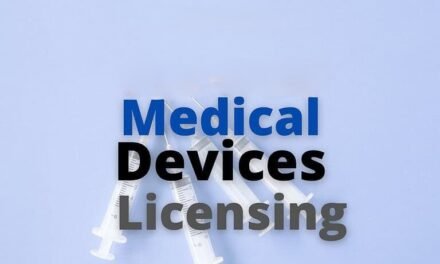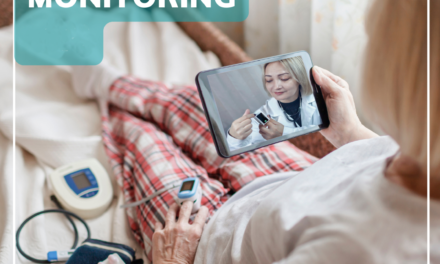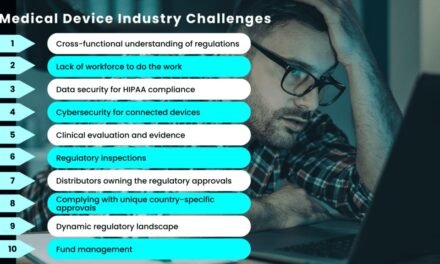
How do you protect Medical Device intellectual property ?

Protecting intellectual property (IP) in the medical device industry is crucial due to the substantial investment in research and development, and the competitive advantage that innovative products provide. Here’s how companies typically protect their IP:
1. Patents
- Filing Patents: Companies file patents to protect their inventions, including devices, components, methods, and the technologies used within the devices. Patents give the owner exclusive rights to make, use, sell, and import the invention for a certain period, typically 20 years.
- Provisional and Non-Provisional Applications: Often, a provisional patent application is filed to secure a filing date (which acts as a placeholder) followed by a non-provisional patent application that fully discloses the invention.
- International Patents: For global protection, companies may file international patent applications under the Patent Cooperation Treaty (PCT) or directly in specific countries where market protection is desired.
2. Trademarks
- Brand Identity: Trademarks protect names, logos, and other branding elements that distinguish the device or company in the market. Registering trademarks helps prevent others from using similar signs that could confuse customers.
- Renewal and Vigilance: Trademarks can last indefinitely as long as they are in use and properly renewed. Companies need to monitor the market to ensure their trademarks aren’t infringed upon and take legal action if necessary.
3. Trade Secrets
- Proprietary Information: Trade secrets protect confidential business information that provides a competitive edge, such as manufacturing processes, designs, formulas, or algorithms.
- Non-Disclosure Agreements (NDAs): Companies use NDAs when discussing their proprietary information with potential partners, suppliers, or employees.
- Internal Security Measures: Implementing physical and electronic security measures to safeguard sensitive information, including limiting access to key personnel and using data encryption.
4. Copyrights
- Protection of Written Materials: Copyrights can protect written documents such as user manuals, training materials, and software code. This type of IP protection is automatically secured upon the creation of the work and does not require registration, although registration can provide additional legal benefits.
5. Design Patents
- Aesthetic Aspects: For the ornamental design of a device that does not affect its functionality, design patents can provide protection. This prevents others from making, using, or selling a design that is substantially similar to the protected one.
6. IP Portfolio Management
- Strategic IP Management: Companies often develop a strategic plan to manage their IP portfolio, including regular audits of existing IP, assessing new developments for patentability, and deciding where to seek protection.
- IP Enforcement: Actively enforcing IP rights through monitoring the market and pursuing legal action against infringements is critical. This may involve litigation to defend patents, trademarks, or other IP rights.
7. Regulatory Exclusivity
- Market Exclusivity: In addition to patents, regulatory exclusivity rights can provide market protection. For example, certain new medical devices may qualify for market exclusivity periods during which no similar products can gain regulatory approval.
8. Licensing
- Leveraging IP: Companies may choose to license their IP to others as a way to generate revenue. Licensing agreements must be carefully crafted to maximize benefits while protecting the underlying IP rights.
Effective protection of intellectual property in the medical device industry involves a combination of legal tools and strategic planning. Companies must continually assess their IP strategy in light of evolving technologies, competitive pressures, and changes in the global regulatory landscape.




























